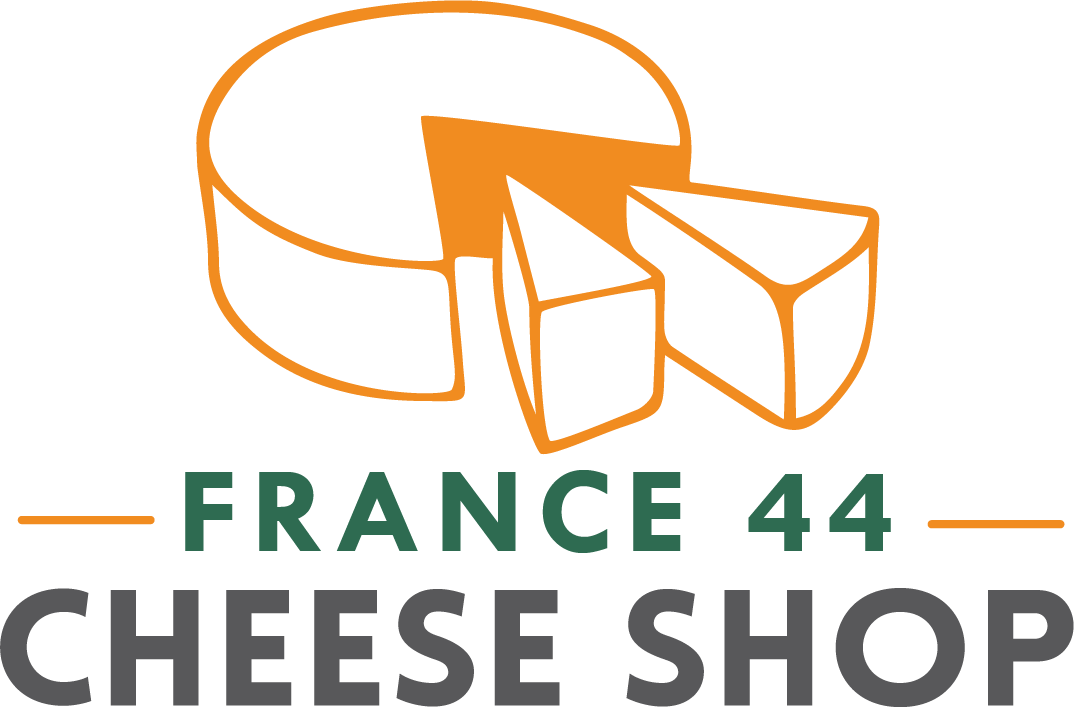by Austin Coe Butler
When NASA astronaut and committed turophile Shannon Walker learned she would be on the International Space Station (ISS) for 210 days, she knew she would need some cheese for the journey. She asked her neighborhood cheese shop Houston Dairymaids to send her some cheese and a few weeks later a gouda, OG Kristal (OGK), made by the Belgium cheesemaker Kaasboerderij’T Groendal (Kahss–BOOR-deh-LAY TRUN-dahl) and aged by Van Tricht, arrived on board the ISS. It was an immediate hit and the crew devoured it. Walker requested another shipment of OGK, but something was happening on the earth’s surface….
All the other earthlings loved it, too! You probably fell for its crunchy-crystally texture, sweet, creamy paste, and brilliant Dutch red rind. The OG in OG Kristal stands for “Old Groendal” (sadly, not “original gangster”), and old it is: it has an aging minimum of 18 months, which is really long for most cheese! It is remarkably creamy and moist for a cheese this mature. Compare OGK with L’Amuse 2-year Gouda, Brabander Reserve (12-18 months), or Coolea Irish Gouda (12 months), and you will find much drier cheeses with a pleasant almond flour or macadamia nut mealiness bursting with tyrosine crystals. The astronauts couldn’t get any more OGK because there wasn’t any on earth. It had sold out, and we would all have to wait months until we could eat it again.
Aging cheese is a perennial problem for cheesemakers. Most of the cheeses you love that are firm and flavorful like Comté, Parmigiano-Reggiano, and truckles of farmhouse Cheddar have to sit on a shelf somewhere and take up a lot of space while they mature and develop flavor. That whole time they’re not earning any money, and the venture of aging cheese has always been a precarious investment of labor, time, and hope.
Goudas are large wheels of cheese, typically weighing in between fifteen and twenty-five pounds and need a lot of time to age. One of the first perils of aging large cheeses is that if enough moisture isn’t driven out of them, they rot from the inside and “heave” or explode. I’ve written about this previously with Cheddars, and there’s a reason why “hoven” cheeses were a common problem in England and Holland. Both share a maritime climate with wet summers. But the two cultures, while presented with the same problem, devised different solutions that resulted in distinct styles and flavors.
Whereas the English settled on letting milk and cheese acidify, like during the Cheddaring process, the Dutch decided to “wash” their curds. Once the milk has been coagulated with rennet into curd, and the curd cut, Dutch cheesemakers poured off the whey and added fresh, hot water to the vat. “Washing” the curd not only scalds the curd, driving out more whey, and thus, moisture, but in washing away the whey, they removed lactose, which lactic bacteria convert into lactic acid, and created a milder, sweeter curd before blocks of curd are then placed into wooden molds and pressed. This curd washing not only gave goudas their signature complex sweet flavors ranging from coconut milk and marzipan to butterscotch and aged soy sauce, but allowed them to travel across the world when the Dutch were the leading European Empire. And it turns out it doesn’t just travel well on the seas, but in the zero-gravity of space, too!
While the affineurs at Van Tricht were waiting for the next batch of OGK to ripen, Johan Deweer and his team at Kaasboerderij’T Groendal wondered how they could make a similar cheese in less time. The answer was in the culture cocktail they added to the milk. The new cheese reached the same sweet, crunchy profile as OGK in nine months, literally half the time OGK needs to mature. OGK and the Farmdal cheeses use the same mix of Holstein and Brown Swiss cow’s milk and make, their only difference is the cultures added to them and their aging time. While we waited for OGK, we all got to enjoy Old Farmdal! And so did the astronauts. Old Farmdal was sent to the ISS where it was received with just as much delight as OGK and now bears one of the coolest cheese labels and designations, “SPACE CHEESE.”
In celebration of OG Kristal and Old Farmdal, and all things Kaasboerderij’T Groendal, we are promoting their cheeses we carry, which includes the younger version of Old Farmdal aptly named Young Farmdal, and a fantastic trappist cheese named Drunk Monk. Drunk Monk has been washed in a Belgian Blond Ale with Cascade hops called Rex as the wheels ripen. It tastes uncannily like a fresh Parker House yeasted dinner roll, with the same yeasty flavors and mild sweetness while also having and delightfully springy bounce like Babybel.
Next time you go into space (or just on a picnic or hike), ask your cheese monger to send you with some cheese that travels well.





